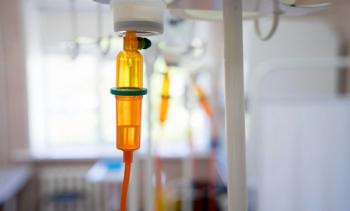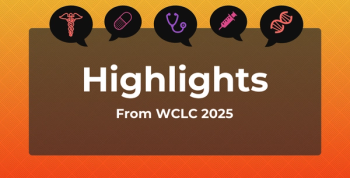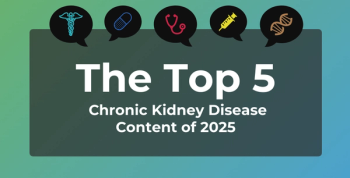
What Other Condition Might Dapagliflozin Prevent? How About Afib?
Competing trials are under way that may show that the benefits of SGLT2 inhibitors in heart failure are a class effect.
Sodium glucose cotransporter 2 (SGLT2) inhibitors, first approved to treat type 2 diabetes (T2D), are being investigated to reduce the risk of heart failure, renal decline, and possibly obesity.
Dapagliflozin, sold as Farxiga by AstraZeneca, has received an indication for patients with T2D and heart failure, and the FDA has granted fast-track designation to reduce the risk of cardiovascular death and worsening of heart failure with both forms of the condition—reduced and preserved ejection fraction.
Now, researchers have taken a fresh look at data from the cardiovascular outcomes trial DECLARE-TIMI 58, which first reported in November 2018 that dapagliflozin was particularly effective in reducing the risk of hospitalization for heart failure in patients with reduced ejection fraction. The new results show that the drug may also reduce the risk of atrial fibrillation and atrial flutter, which are more common in patients who have T2D.
Competing trials are under way that may show that the benefits of SGLT2 inhibitors in heart failure are a class effect. So far, the benefits were best seen in the
In findings reported in Circulation, the official journal of the American Heart Association, researchers said dapagliflozin reduced the risk of these events by 19%, or 7.8 events vs 9.6 per 1000 patient-years (hazard ratio, 0.81; 95% CI, 0.68-0.95; P = .009). The reduction was consistent whether or not patients had a history of atrial fibrillation or flutter at baseline and whether or not they had preexisting cardiovascular disease or heart failure. There were also no differences by gender, body mass index, blood pressure, renal status, or blood sugar level.
Dapagliflozin reduced the total number of events, first and recurrent (337 vs 442 among the population of 17,160 patients), for an incidence rate ratio of 0.77 (95% CI, 0.64-0.92; P = .005).
The study team, led by Thomas A. Zelniker, MD, MSc, said more work is needed to confirm the findings.
Reference
Zelniker TA, Bonaca MP, Furtado R, et al. Effect of dapagliflozin on atrial fibrillation in patients with type 2 diabetes mellitus: insights from the DECLARE-TIMI 58 trial [published January 27, 2020]. Circulation.
Newsletter
Stay ahead of policy, cost, and value—subscribe to AJMC for expert insights at the intersection of clinical care and health economics.









































